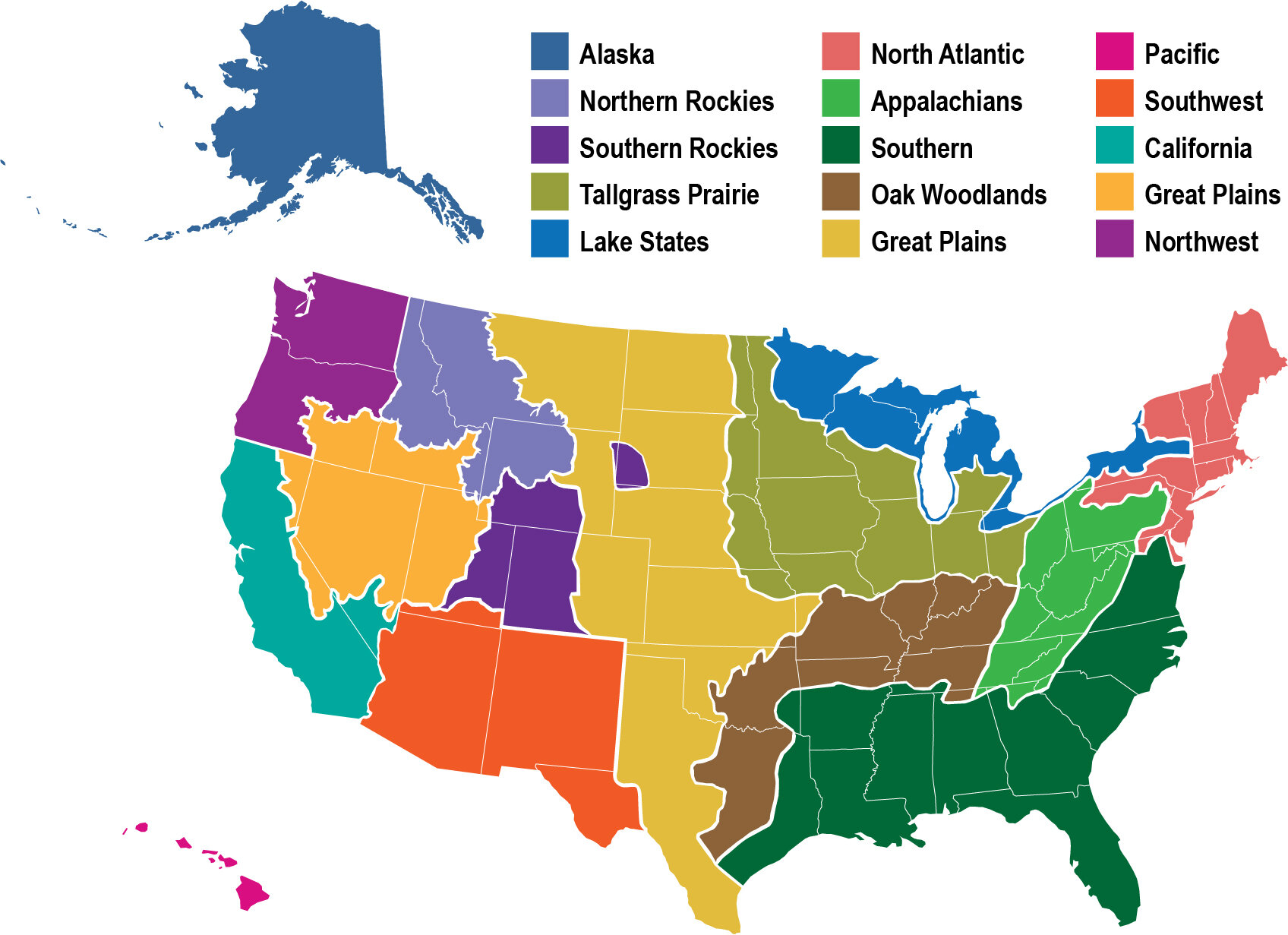Evolution of Resprouting and Seeding by Fire: Research Brief
/Some shrub species are obligate resprouters, some are obligate seeders, and others are facultative seeders, combining both resprouting and postfire seeding to various degrees. How could this diversity in fire response have evolved and how does it coexist?
Read More














